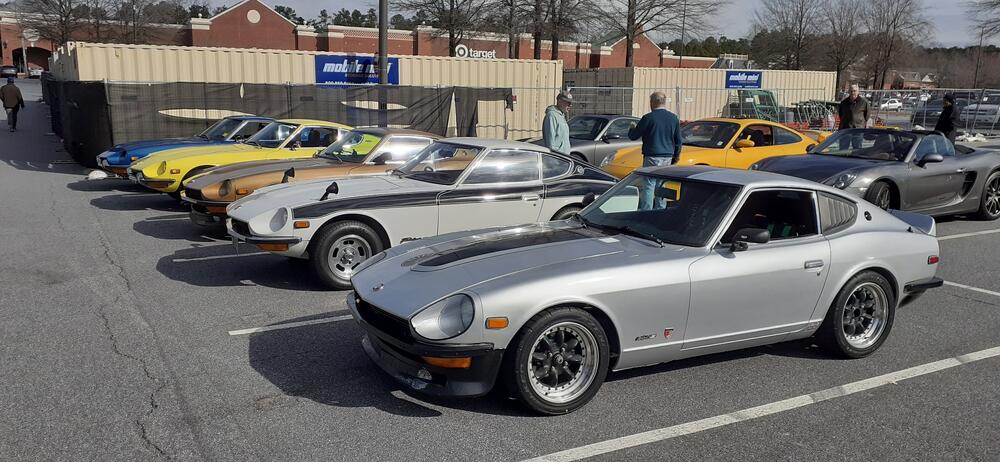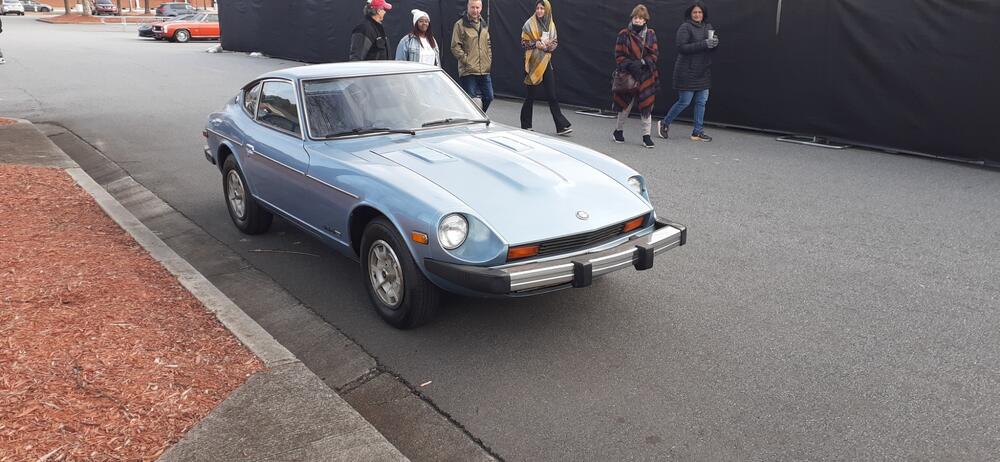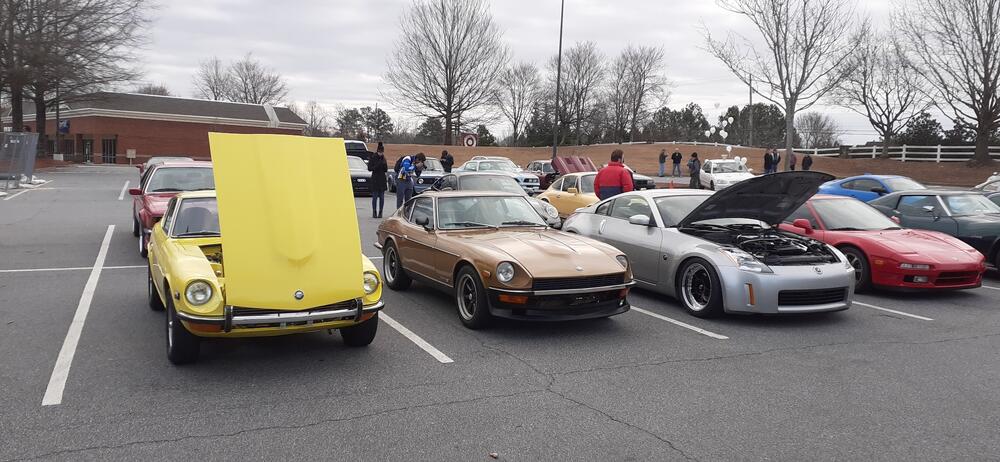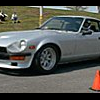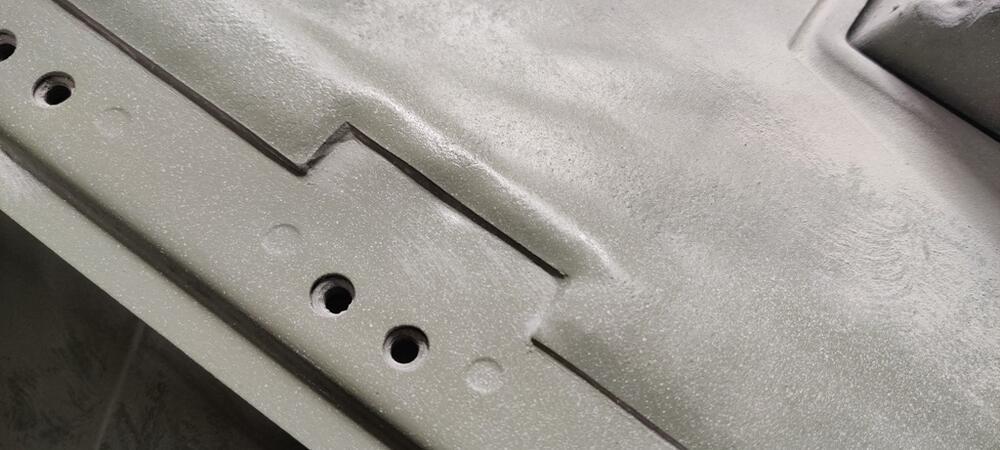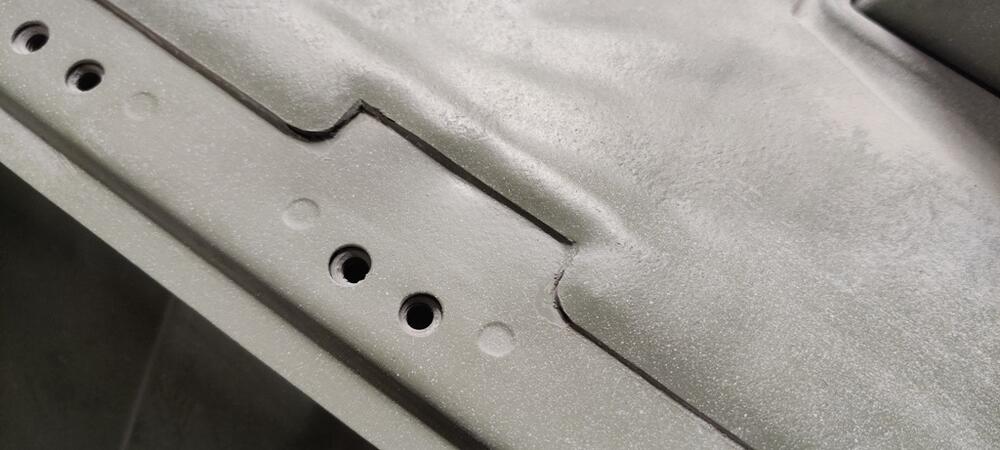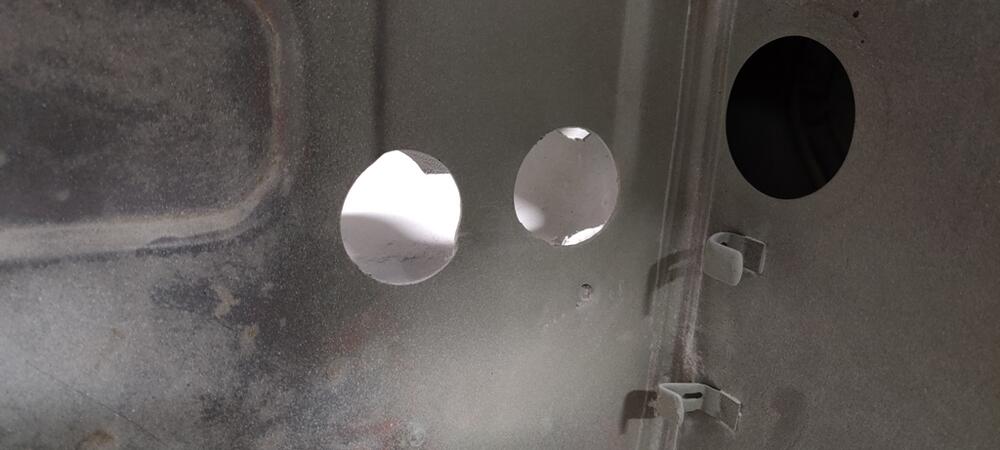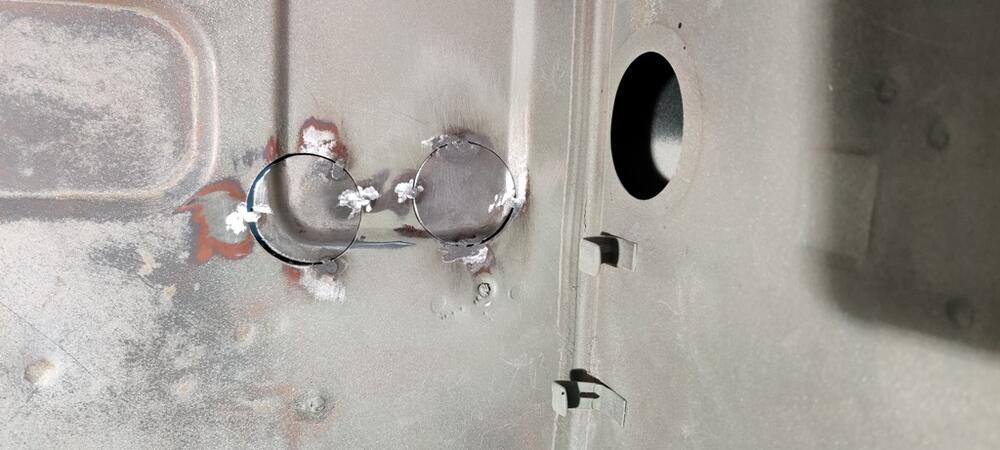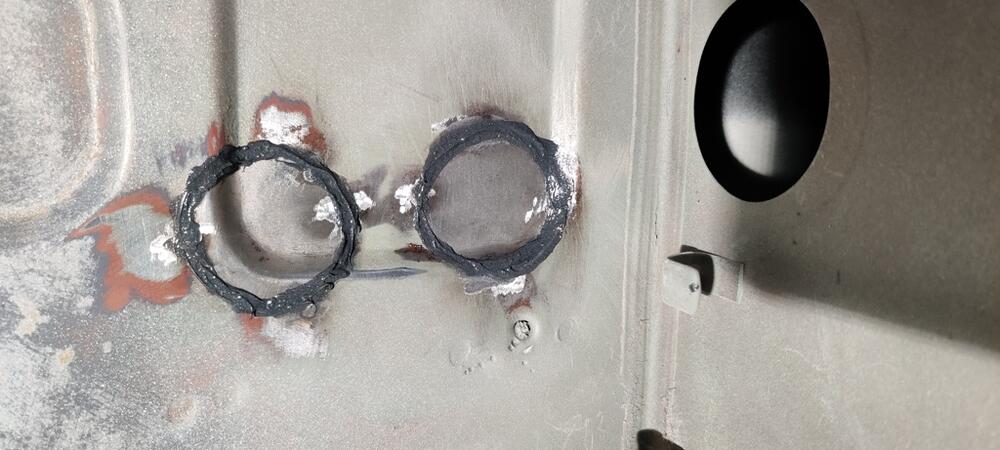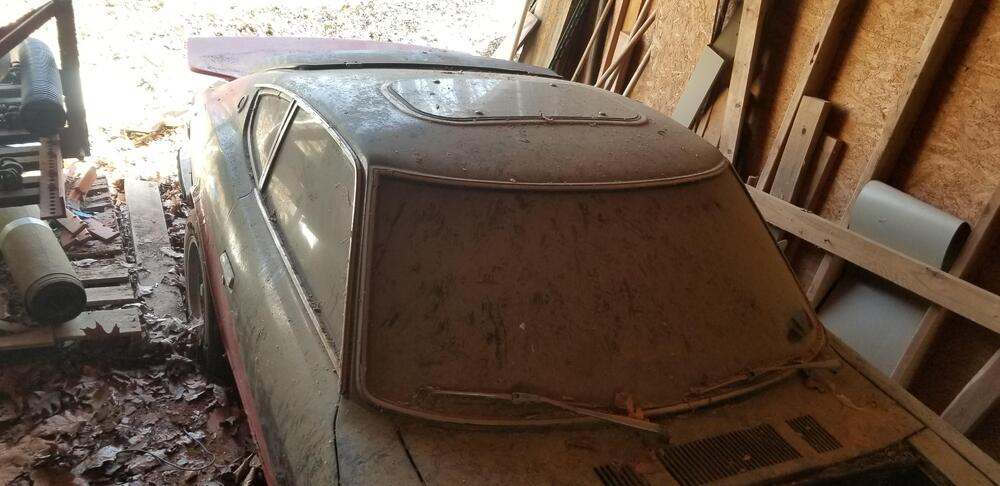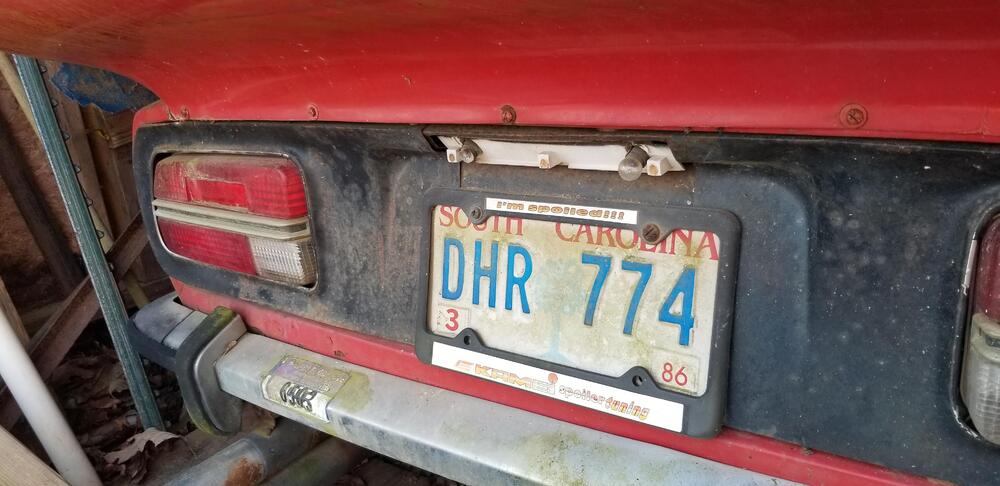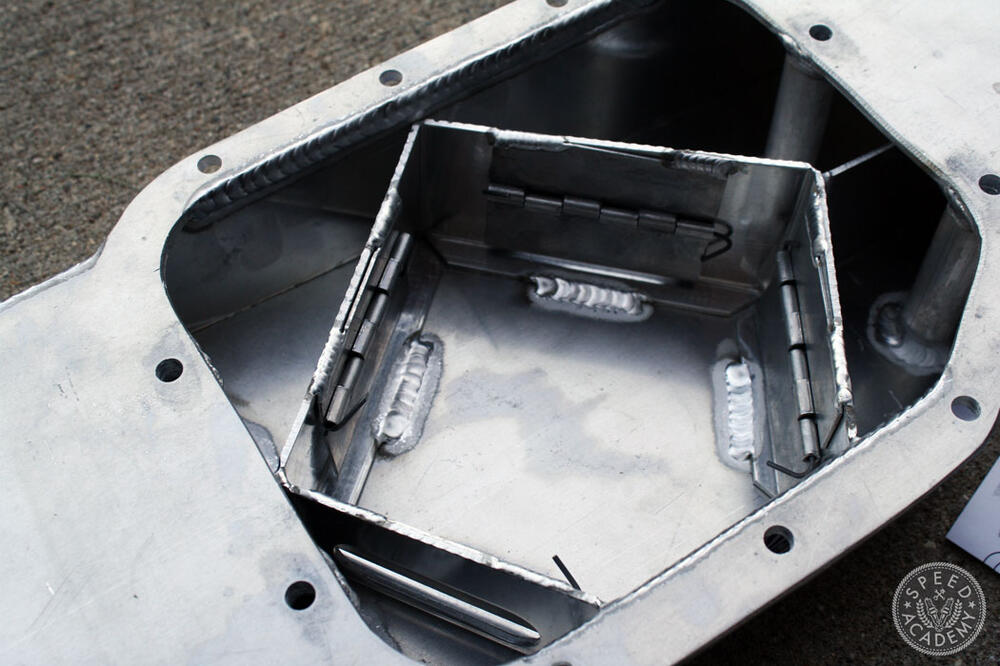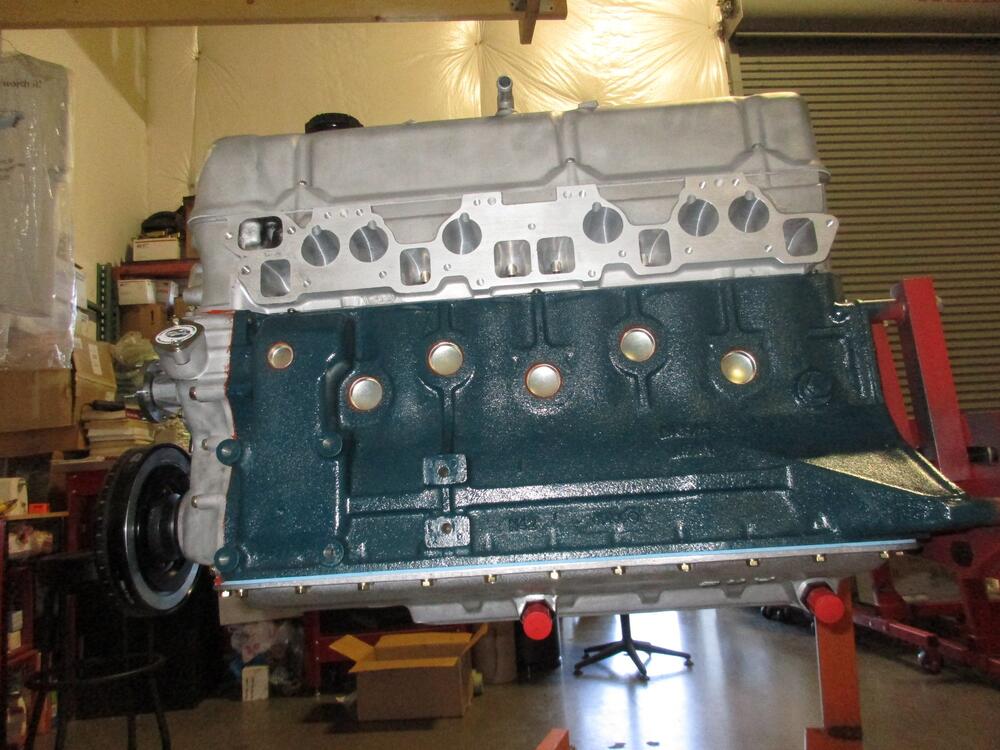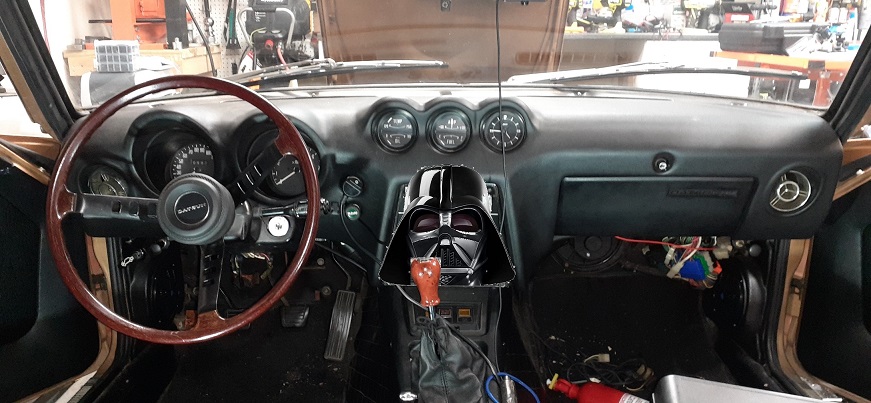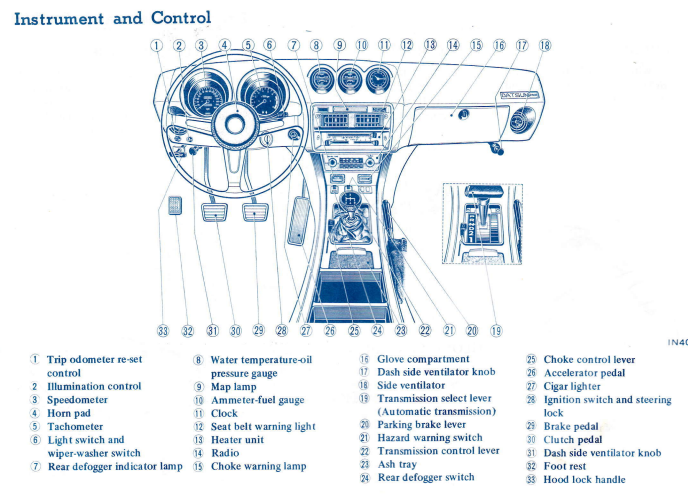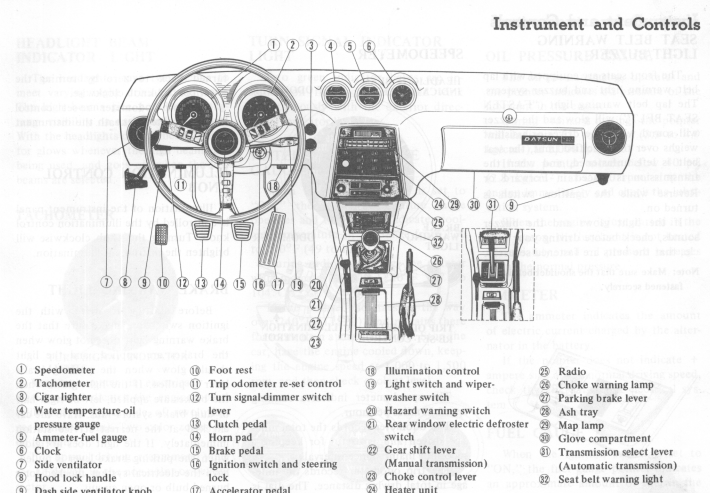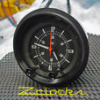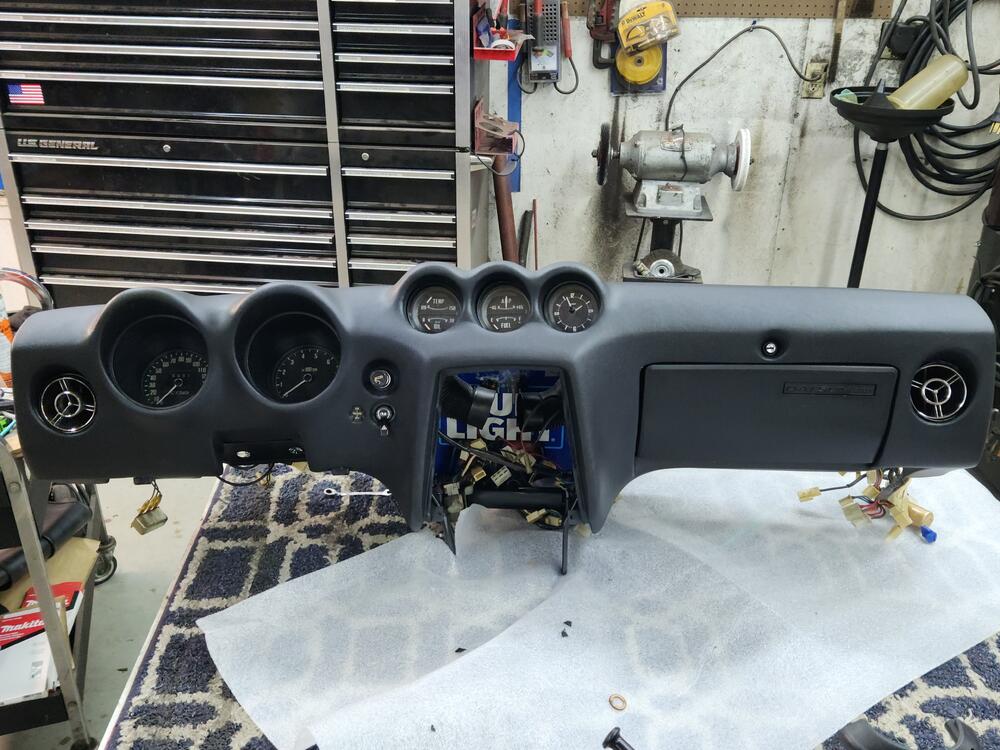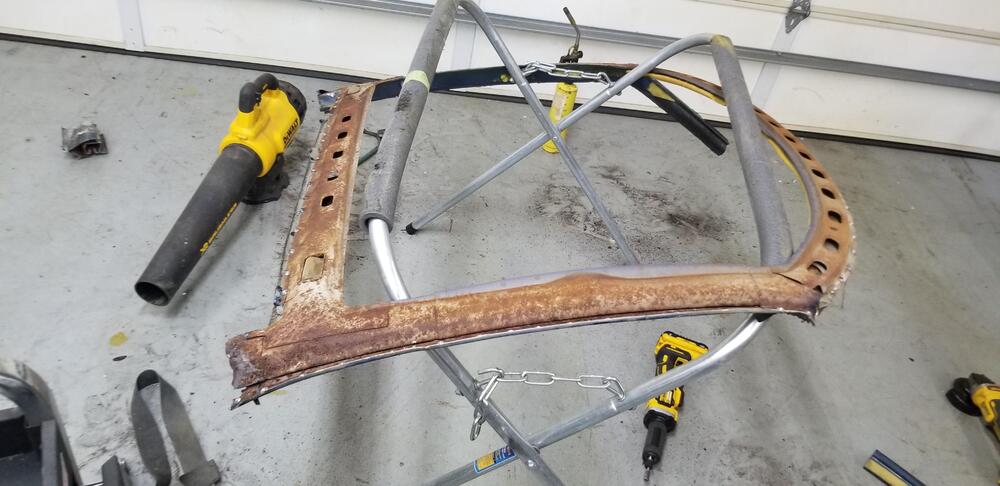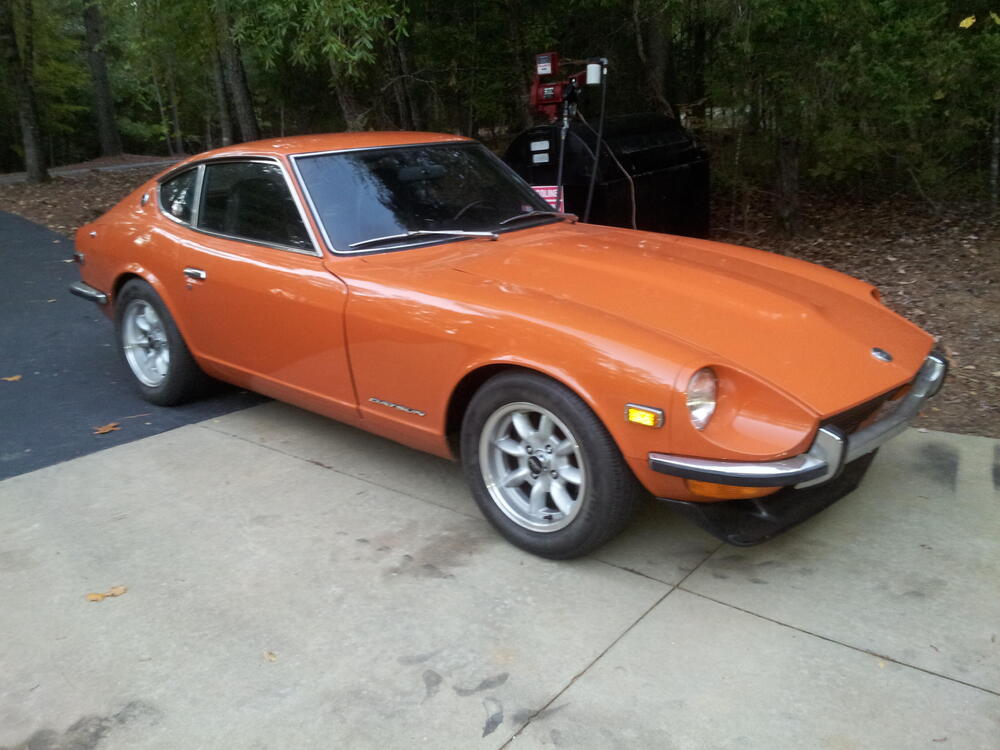Per the factory service manual, initial ignition timing and engine rpm is 17 degrees before top dead center at 550 rpm for non emissions engines, 5 degrees before top dead center at 750 rpm for emissions engines.
Does your engine have an air pump?
I’ve stated previously the rule of thumb for minimum oil pressure.
Once more:
Ten pounds of oil pressure for every 1000 rpm of engine speed.
At 1000 rpm, 10 lbs.
At 2000 rpm, 20 lbs.
At 3000 rpm, 30 lbs.
See the pattern here?
Again, this is the minimum pressure required.
60 lbs at 3000 rpm is plenty.
You made a huge mess when running the engine with the cam cover removed. Oil can, and will, go everywhere.
You will likely have oil burning off of the exhaust system for a while.
We’ve covered this already.
Crankcase capacity is 5 quarts including the oil filter.
Put 5 quarts of oil in an empty crankcase, start the engine and run for a minute or two, sun it do2n and while waiting for the oil to return to the crankcase, inspect for leaks, especially at the oil filter and drain plug, as you just had them off.
After the engine has sat without running for a few minutes, check the level.
If it isn’t at the “full” mark, it doesn’t matter. You know you just put enough oil in it.
Make a note of the position of 5he oil level, relative to the high and low marks on the dipstick (by the way, this will work with your old dipstick, you didn’t need to buy a new one).
Since you know the distance between the high and low marks on the dipstick, and you now know the actual full position, it should be easy to interpolate where “add” should be.
 Subscriber
Subscriber 4Points428Posts
4Points428Posts Subscriber
Subscriber 4Points11,142Posts
4Points11,142Posts






